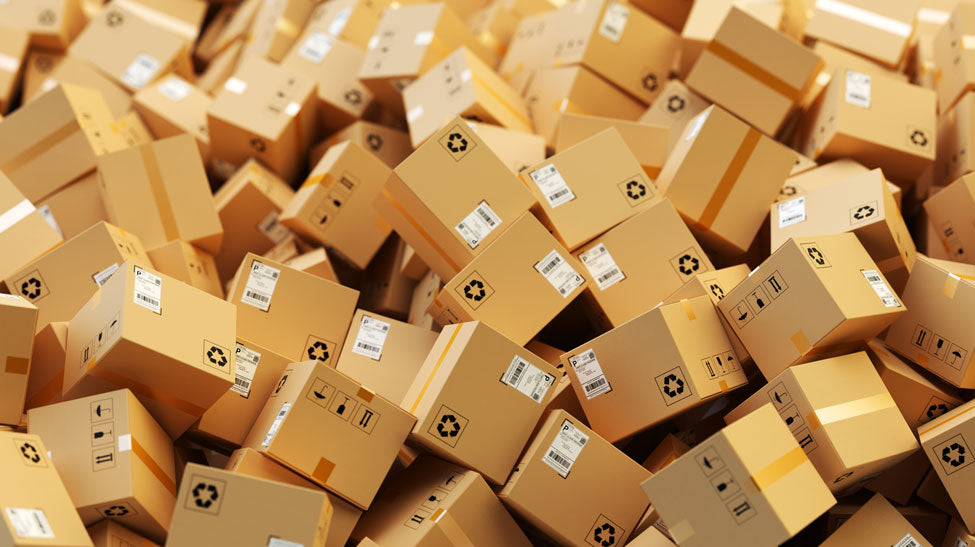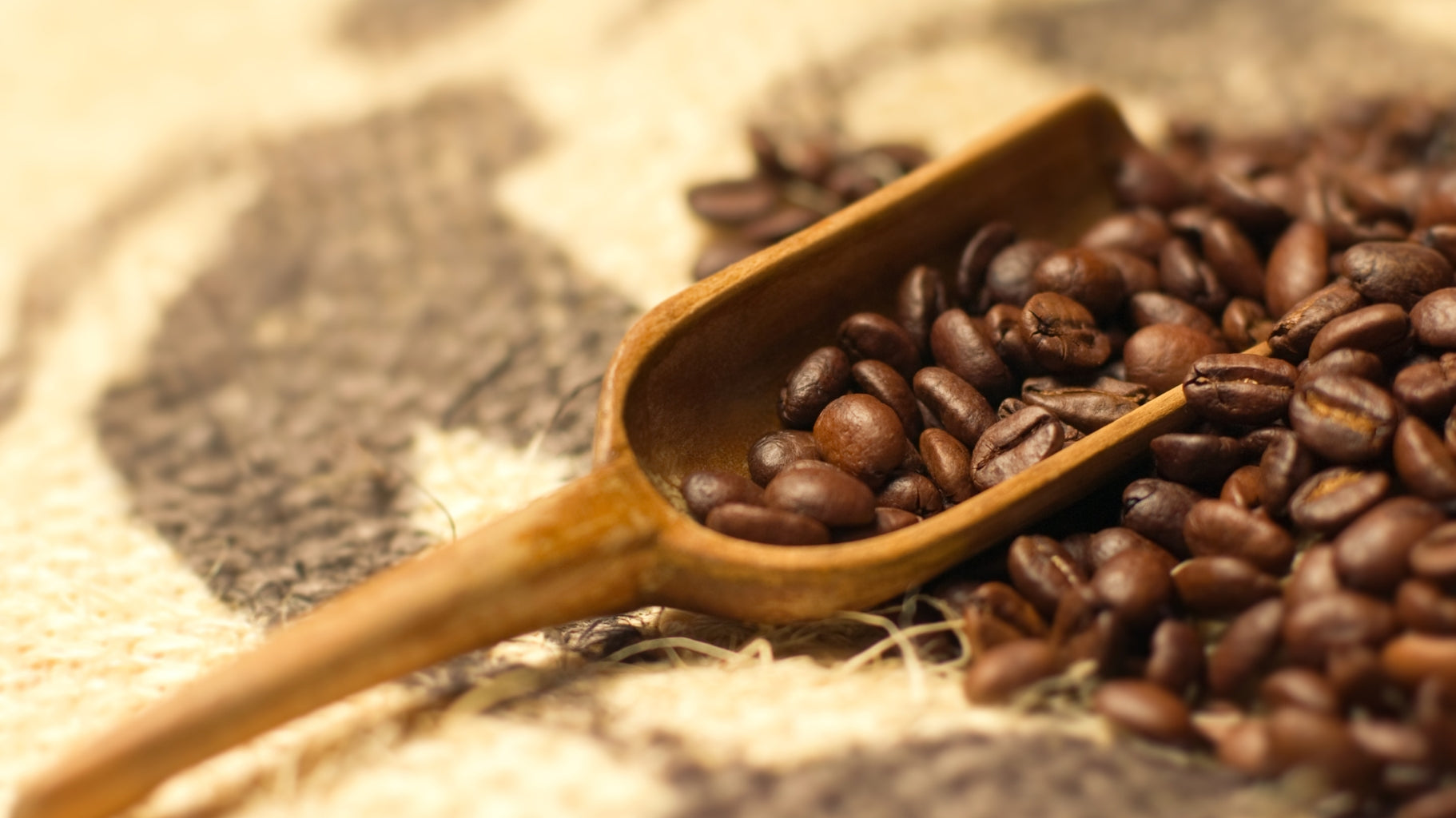Choosing the right coffee
There is one simple yet profound thing that we have learned about working with coffee.
It's impossible to guess whether someone will like a particular coffee or not.
Despite elaborate tasting notes and clever descriptions, predicting whether a coffee drinker will enjoy a coffee is like a random stranger trying to tell you what you like to eat without knowing you well enough.
With thousands of unique and distinct raw coffee lots arriving in Australia each year, each with its nuances, it's up to the roaster to take their carefully selected green coffees and convert them into attractive tasting products.
It's easy to be overwhelmed when choosing a coffee to purchase when so many choices exist in a store and across the internet.
If you don't have the level of experience or knowledge in what to look for, then this essential guide will help make it easier.
First things first - everyone is on a journey of learning and discovery with coffee.
There is no right or wrong choice, just opportunities to develop your preferences and narrow the options.
There are folks at the start transitioning from instant or capsule/pod right through to extreme enthusiasts seeking niche, exotic experiences and everything in between.
So, never feel overwhelmed or lost; ask if you need help.
Try starting with blends for inexperienced coffee drinkers taking their first steps into fresh roasted coffee beans or grounds for home.
Our blends comprise the same quality beans as the single origins we sell in our store. So you won't be missing out on anything or buying a dud.
Another critical point to remember is that price is never an accurate indicator of coffee quality.
One of the most significant misrepresentations in the retail coffee market is the belief that the most expensive coffee will provide you with the best experience. It's simply never true.
Many new brands spend a fortune on expensive coffees because they don't know how to roast properly. An average-quality coffee that is well-roasted will taste better than a costly coffee that was poorly roasted.
All coffees have variable pricing due to the global differences (tension) between supply and demand.
Some origins have higher pricing differentials, e.g. Kenya, Sumatra, Ethiopia, Costa Rica, and Panama. Those origins command a more significant price premium in the market to purchase in the raw state; hence, they sell at the retail side for a higher price.
Blends are designed to provide a broader range of tolerances when brewing or extracting coffee, particularly espresso.
That is an important clue to keep in context, as many single-origin coffees will require precise grind and dose brew settings, especially for espresso extraction. It would not be unusual to adjust your grinder by a significant margin when changing from Sumatra to Brazil's single origin.
One requires a finer grind than the order, and the differences are amplified under espresso extraction.
Coffee blends are more forgiving concerning grind and dose settings, making blends easier to use on espresso machines and grinders. However, avoid falling into the trap of being lazy and thinking that all blends behave the same - they don't.
Blends may also have more complexity in the cup due to the fusion generated when combining ingredients.
If you are still deciding what you like in a coffee or are overwhelmed in making a choice, please consider starting with our Luxe blend.
Luxe blend is designed for a broader, more universal appeal among coffee drinkers.
It's ironic that our most popular coffee is Luxe, sold in hundreds of kilos daily and used in premium cafes throughout Victoria.
We have provided a basic overview to help you compare the different blends.
Luxe - rich, smooth, with sweet fruit complexity, nut, caramel, milk chocolate and cocoa with a long creamy finish.
Perfect in milk, Luxe generates a rich and rewarding cup flavour. The flavours build towards the finish with balanced acids. As a milk-based espresso beverage, it's nailed the brief for cappuccino, flat white or latte.
6AM - dark fruits, complex cup of dark chocolate, spices and mixed nuts. Aromatic with a long, coating finish.
An exciting coffee we recommend for black drinkers, e.g. no milk. The acidity is more muted, giving up some fantastic fruit and dark chocolate notes that keep the cup exciting and curious for black drinkers.
Supa Crema - super-clean cup with milk chocolate, caramel, toffee and praline. It is rich with a long Swiss chocolate finish.
Our workhorse blend - is refined, lush and decadent, with Swiss chocolate notes running rampant. A "toblerone" moment.
TomKat - fruity, spicy, wild flavours of dark chocolate and cocoa. Strong, inky mid-palate punch with a long dark chocolate finish.
A surprise package with attractive fruit jumping out of the cup, this coffee has some weight behind its punch. Dark fruit and chocolate notes combine in a perfect symphony of high-flavoured success.
What are single-origin coffees, and why are they so popular?
Our company was part of the original push for single-origin coffees in 2006 when the concept of quality single-origin coffees was not well known.
Back then, coffee was all about very basic blends.
Specialty as a segment was in its infancy, a mere shadow of the well-known presence that specialty commands today.
In 2006, preparing a single-origin coffee was seen as a distraction or nuisance by most coffee roasters/companies.
Before the emergence of specialty coffee, the roasting companies were more concerned about volumes, cost efficiencies and margins.
We could see a great potential to differentiate from all the other brands by offering quality estate coffees to enthusiasts.
We have always sold quality single-origin coffees at fair and reasonable prices to encourage coffee drinkers to experiment and try new experiences.
Single Origin versus Single Estate
Single-origin by default means it's not blended or mixed with coffees from other countries.
However, there will be hundreds or even thousands of coffee lots within a single country.
Every coffee-growing origin may use picked cherries from multiple estates or regions and combine the coffee cherries into a blend or mixture so they can achieve specific qualities or grading levels.
That method is performed for at least 98% of coffee traded globally and is still classified technically as a single origin.
However, there has been no mixing or blending with other estates when it comes to traceable estate coffee.
Traceable estate coffees are the minority and, not surprisingly, also command a higher price premium.
In our opinion, the term "single origin" is too broad or generic.
It would be far better if coffees were marketed on the retail side as Single Estate and traceable, not as Single-Origin where there has been a "mix" (non-traceable) of coffees used.
Unfortunately, we can't change what's already deeply embedded within the industry.
Most large coffee estates or plantations have many (multiple) coffee products available.
They will mitigate risks by growing different varietals and increasing coffee in other physical areas of the estate (terroir). They will use different processing methods such as washing, sun-drying, or pulping naturally.
These various methods may help the coffee achieve greater complexity in flavours, sweetness and acidity.
It's also true that a coffee plantation will have many different lots available for sale as they grade coffees to separate superior cherries, which command a premium price for better qualities.
As you can see, referring to a coffee as "single origin" only means that it originated from a country where it was grown. It does not indicate how the coffee was processed or its type or grade.
Blurred lines - growing regions are changing their flavours. Throw away the rules.
Sixteen years ago, distinguishing between coffee growing origin - sight, smell and taste- was far more straightforward.
However, in the last decade, coffee farmers have been experimenting with different processing methods and varietals - to the extent that they use techniques and types from other countries.
It has resulted in a blurring of the lines between what was traditionally known as the preconceived attributes from each origin.
Today, it's no longer possible to pigeonhole coffee from a specific origin as modern processing methods can mean, for example, that a Colombian with long fermentation may taste like a Costa Rican.
Or naturally processed Brazils may taste like Ethiopians, what we all hold as "knowledge" about coffee changes dramatically.
It raises an important issue of bias.
What we once thought about Brazil is now very different, and it's also happening in every other coffee-growing region as they experiment with methods and varietals.
In Brazil's traditional coffee, caramel, toffee, or dried apricot flavours replace nutty ones.
As coffee roasters selling single origins and blends, we can no longer rely upon preconceived ideas about coffee origins.
It's a moving target as the flavours and attributes start to overlap.
We say, "Keep an open mind" for consumers and coffee lovers. If you previously only drank Colombian coffees for specific reasons, those same preferences will not be available on coffees from other origins.
We continue to be amazed at how raw coffees are processed and prepared and how they change our perceptions.
Why do our coffees taste different every few months?
All the coffee lots we purchase for single origins change every 8 - 12 weeks. We go through quite a significant volume of coffee each week, and the 1-ton pallet purchases these lots.
It is similar to how most other quality-focused specialty coffee roasters operate. It's called seasonality.
As the quality of the coffee rises, so does the quantity or volume available drop. Remember, high-quality coffees are "cherry-picked" from farms and estates and segregated for higher-priced sales.
With this frequent change, we source multiple lots per origin throughout the year.
In the case of Brazil and Colombia, we have between 8 and 10 different lots within a calendar year. For most of our other origins, it's at least 3 to 4 changes per year.
What that means for our customers is that the cup profile does change; it's unavoidable.
It is a subtle, incremental, but noticeable change.
Change is good in coffee as it breaks up the monotony and boredom of drinking the same coffee daily.
What are the Popular Single Origins?
Kenya, Colombia, Brazil and Ethiopia are some of the most popular origins in our store.
However, this changes daily - sometimes, we have a run on Papua New Guinea, Tanzania, Guatemala or Sumatra.
It's impossible to predict what will sell the most, but after 15 years, we know there are specific trends for Colombia, Kenya and Ethiopian coffees amongst coffee lovers.
For some origins, you will discover the coffees vary considerably within the source, e.g. Ethiopia has very different flavours for Sidamo and Yirgacheffe.
A low-acid Brazil, with its soft density, sweet and refined flavours of nuts and caramel, will be remarkably different to a hard, dense Kenyan with its wild notes of berries and black currant, dark chocolate and winey acids.
Not all origins will resonate or "float your boat", so it's best to be prepared for highs and lows.
It's like visiting a candy shop when you venture into single origins. Confronted with many possibilities, you can only choose based on what you think you like.
Some origins can produce a more complex and rounded flavour and cup profile. Coffees from Colombia and Papua New Guinea sit more in the middle of the spectrum and may have safer choices.
African coffees can be more complex - think wild fruits, berries, and higher citric acids. These acids and flavours may be more enhanced and prominent than you may be used to drinking with blends.
The key difference you may notice first about single-origin coffees is the acidity.
Blends may contain coffees of varying acids, meaning a combination has less acidic cup attributes than many single origins.
Taming the acids is a skill for the barista, as adjusting the total dissolved solids to produce a balanced cup is possible. Acids are essential in coffee as they are the pathways for flavour.
Higher-acid coffees match well with milk and create a higher-flavoured cup.
Most black coffee drinkers search for lower acid offerings. In this respect, we recommend Brazils and Sumatrans as more suitable for black-only brews.
For those not using espresso machines and relying upon more simple brewing methods such as plunger, stovetop or drip/filter, we suggest looking at African coffees with their bolder intensity or Colombia, Guatemala or Papua New Guinea.




